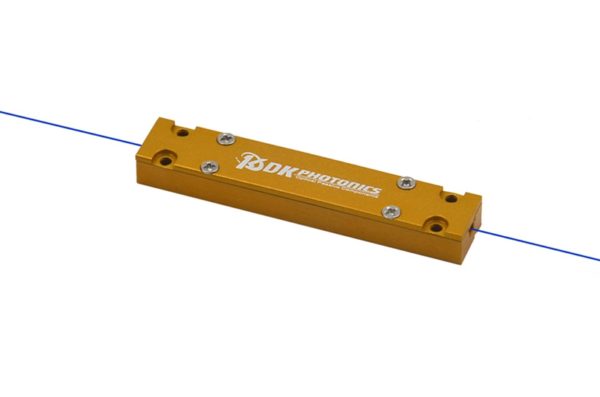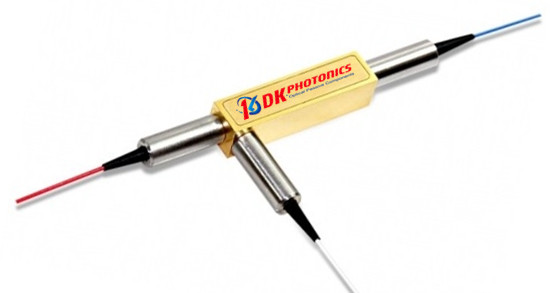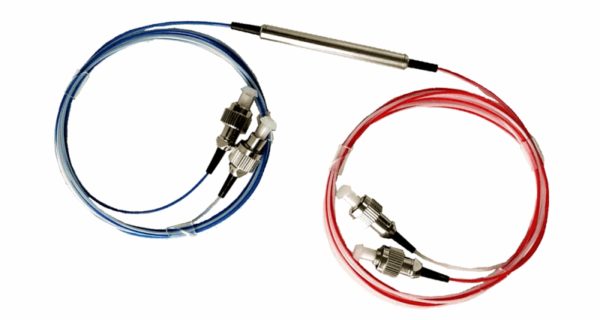An optical isolator, especially a Faraday isolator, is a device which transmits light in a certain direction while eliminating the back reflection and backscattering at any polarized state. It is generally categorized into two categories – Polarization Sensitive Optical Isolators and Polarization-Insensitive Optical Isolators. As I have already mentioned them as Faraday Isolators, it is obvious that they use the Faraday Effect of the Magneto-optical crystal. To know more about these isolators, let’s discuss the two types of optical isolators and how they work.

Polarization Sensitive Optical Isolators
These are the simplest Faraday Isolators which work only when the input beam has a guided linear polarization.
Working:
Their working is simple in which a polarized beam is passed through the first polarizer with minimum loss, then pass through 45 degree Faraday rotator and finally passed through the second polarizer with its transmitting axis being rotated by 45 degree in order to ensure that transmission losses are as low as possible.
When this light is reflected back to the output port with unmodified polarization state, it will fully pass through the output polarizer, but due to 45 degree rotated direction of polarization, the light will be blocked at the input polarizer or can be sent to separate output port. In case if the rotator’s rotation angle deviates from 45 degree due to any reason such as fabrication errors, the degree of isolation would be reduced. The problem is that we always need an isolator with high isolation which may be reduced in these kinds of isolators due to several reasons.
Polarization Insensitive Optical Isolators
A Polarization Insensitive Optical Isolator is the device which functions for arbitrary polarization of the input beam. As many fibers don’t maintain the polarization, such devices are often suitable and required in the context of fiber optics. Moreover, optical fiber communication systems are operated with arbitrary polarization state; so you need to use the Faraday Isolators and other components which can cope with undefined polarization state.
Principle:
The basic principle of PI optical isolator is to spatially separate the orthogonal polarization components of i/p beam with the help of a polarizer. Then, send them through Faraday rotator and combine the components again in the second polarizer.
The thing to note here is that polarization insensitive optical isolator doesn’t preserve the polarization state as there is an undefined relative phase change between the two components of polarization. This phase change is dependent on temperature and wavelength.
These isolators are widely used in telecommunication industry and various other applications in laser technology. They are characterized by high isolation, low insertion loss and excellent temperature stability. In the market, these isolators are available in various wavelengths and bandwidths. So, before making a purchase, clarify which specific isolator would be suitable for your use.



